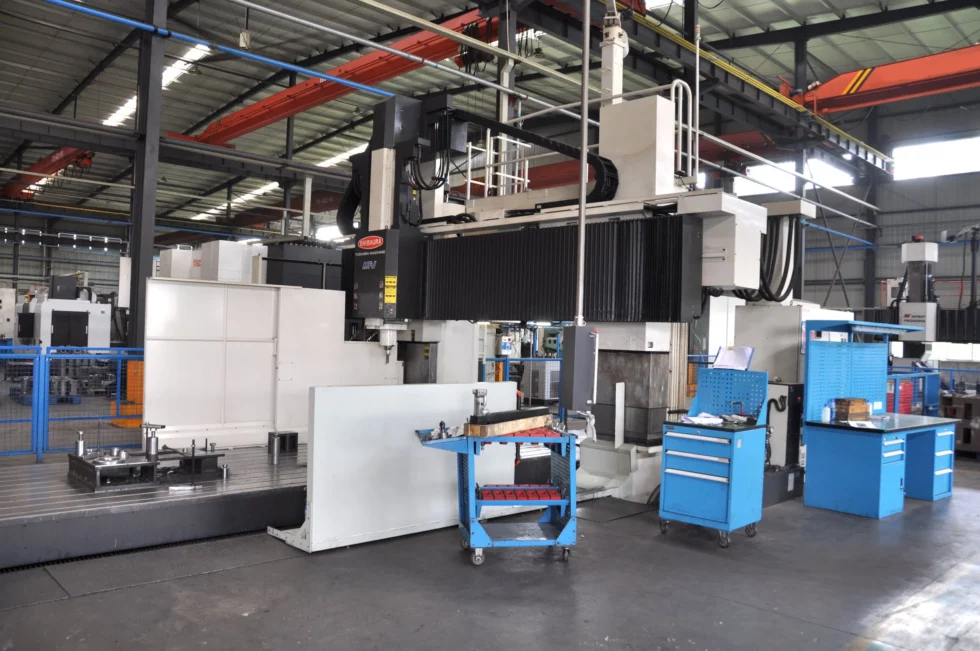
China Custom Multi-Axis Articulated Robots for Assembly Line Food Production
Product Description
Our China Custom Multi-Axis Articulated Robots are designed specifically for assembly line food production. These robots, equipped with , offer exceptional performance and precision. With their high rigidity structure and high-speed intelligent palletizing process package, they improve efficiency by 20%. This means that customers can complete their work more quickly, efficiently, and economically.
Our robots come with multiple industry-specific process packages and soft PLCs, making them highly adaptable to various process challenges. They also feature various bus interfaces for seamless integration with existing systems. With our high-performance collision detection function, safety is greatly enhanced.
Functional Characteristics
- High rigidity structure and high-speed intelligent palletizing process package
- Improves efficiency by 20%
- Multiple industry-specific process packages
- Soft PLCs and various bus interfaces
- High-performance collision detection function
Applicable Scenarios
Our robots can be widely used in various scenarios such as handling, palletizing, loading, and unloading. Whether it’s automotive parts, photovoltaic, food and beverage, building materials, or logistics and warehousing, our robots are designed to meet the specific needs of different industries.
Frequently Asked Questions
- What are the functional characteristics of your multi-axis articulated robots?
- In which industries can your robots be used?
- What are the benefits of using your robots in assembly line food production?
- Do your robots support safety features?
- How long does it take to recover the investment costs?
At our company, we don’t just offer multi-axis articulated robots for assembly line food production. We also supply a wide range of industrial products such as agricultural gearboxes, power output shafts, sprockets, hydraulic couplings, worm gear reducers, racks, roller chains, pulleys, planetary gearboxes, timing pulleys, and bushings. Our products are of high quality, offered at preferential prices, and backed by thoughtful services. We welcome customers to customize their orders with drawings and samples.

Frequently Asked Questions
- What other industrial products does your company supply?
- Are your products customizable?
- What is the quality of your products?
- Do you offer competitive pricing?
- What services do you provide to customers?
Performance Characteristics of Articulated Robots
Articulated robots are designed to be flexible and capable of precise movements, making them ideal for a wide range of applications. The main performance characteristics of articulated robots include precision, speed, and payload capacity. Precision refers to the accuracy of the robot’s movements, which is essential for applications such as assembly and welding. Speed is important for applications that require fast and efficient movements, such as packaging and palletizing. Payload capacity refers to the maximum weight the robot can handle, which is important for applications that involve heavy materials.
Types and Characteristics of Articulated Robots
Articulated robots come in various types, including 2-axis, 3-axis, 4-axis, 5-axis, and 6-axis robots. Each type has a different number of joints, which affects the robot’s range of motion and flexibility. The characteristics of articulated robots also vary depending on the materials used to build them. For example, aluminum robots are lightweight and ideal for applications that require high speed and precision, while stainless steel robots are durable and suitable for applications in harsh environments.
Applications of Articulated Robots
Articulated robots have a wide range of applications in various industries. In the manufacturing industry, they are used for tasks such as welding, painting, and assembly. In the packaging and palletizing industry, they are used for tasks such as picking and placing items on pallets. In the medical field, they are used for tasks such as surgery and rehabilitation. In the aerospace industry, they are used for tasks such as inspection and maintenance. In the food processing industry, they are used for tasks such as sorting and packaging.

Future Development Trends and Opportunities
The future of articulated robots looks promising, with new technologies such as artificial intelligence and machine learning being integrated into robot systems to improve efficiency and productivity. The demand for articulated robots is also expected to increase as more industries adopt automation technologies. This presents an opportunity for companies in the robotic industry to develop innovative products and expand their market share.
How to Choose a Suitable Articulated Robot
When choosing an articulated robot, it is important to consider several factors, including payload capacity, reach and range of motion, degrees of freedom, speed and precision, and integration and control. The payload capacity should be matched to the weight of the materials being handled, and the reach and range of motion should be sufficient for the application. Degrees of freedom refer to the number of axes the robot has, which affects its flexibility and range of motion. Speed and precision are important for applications that require fast and accurate movements, and integration and control refer to how the robot will be integrated into the production process.
Conclusion
In conclusion, articulated robots offer a range of performance characteristics that make them ideal for a wide range of applications in various industries. The type and characteristics of the robot should be matched to the application, and companies should consider future development trends and opportunities when making purchasing decisions. By choosing a suitable articulated robot, companies can improve efficiency, productivity, and profitability.
Author: Dream